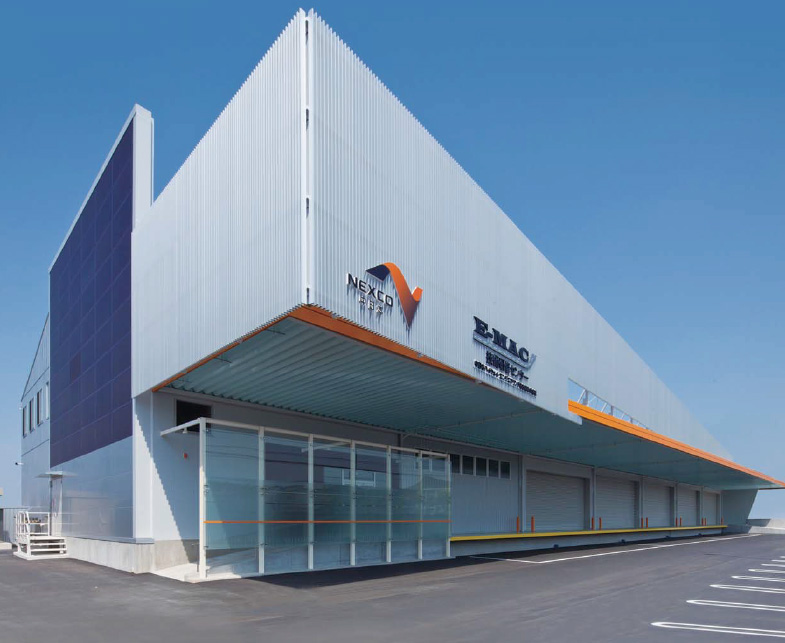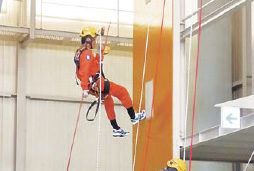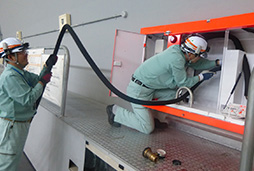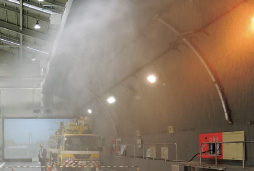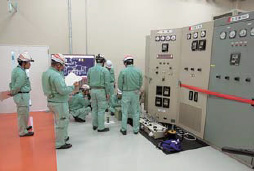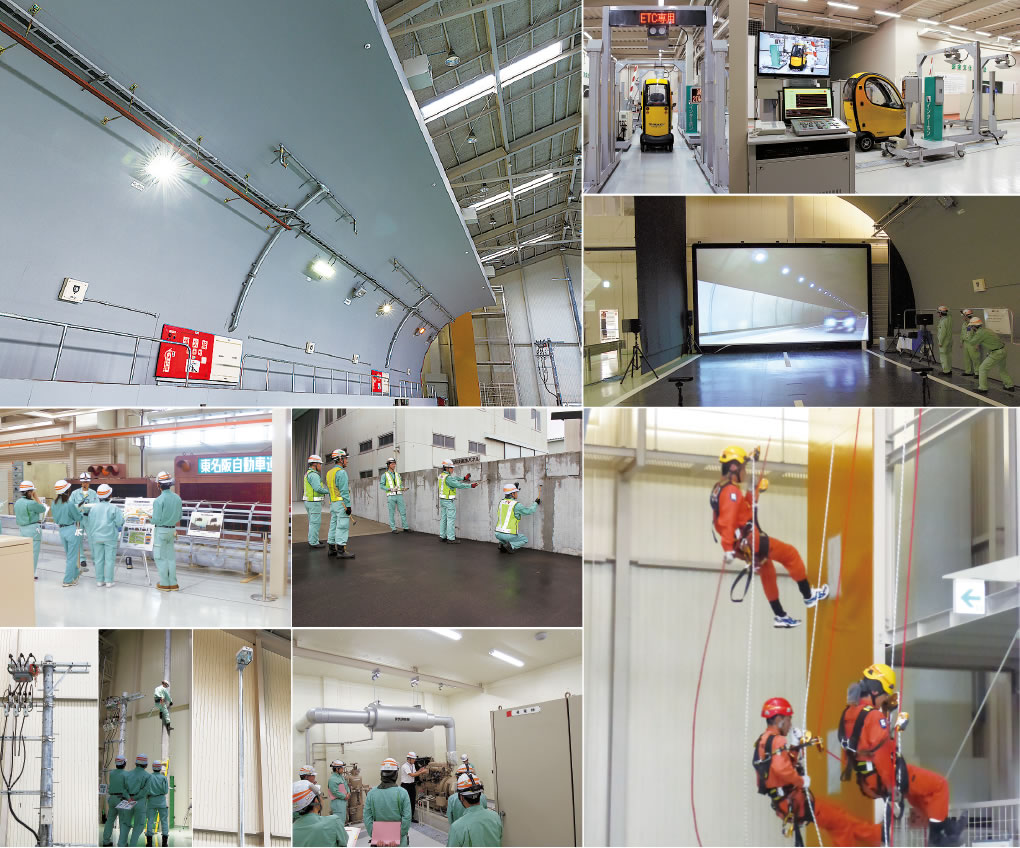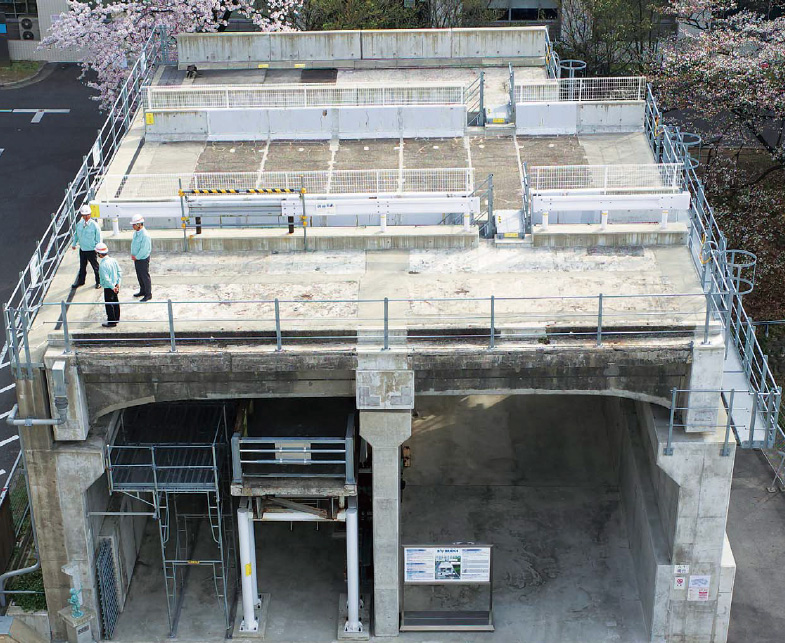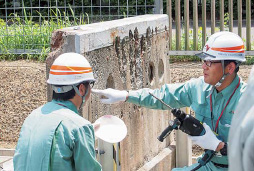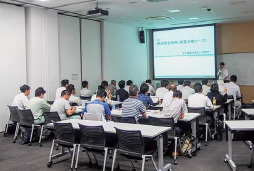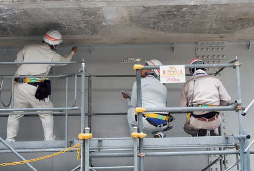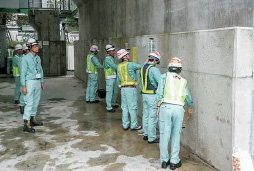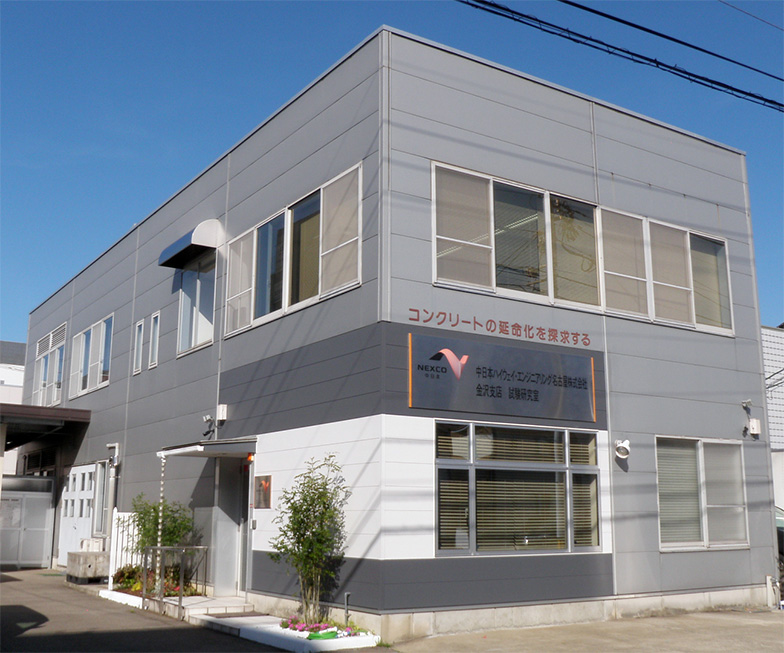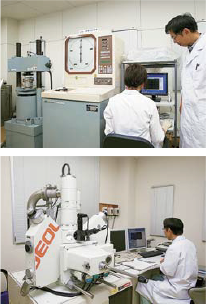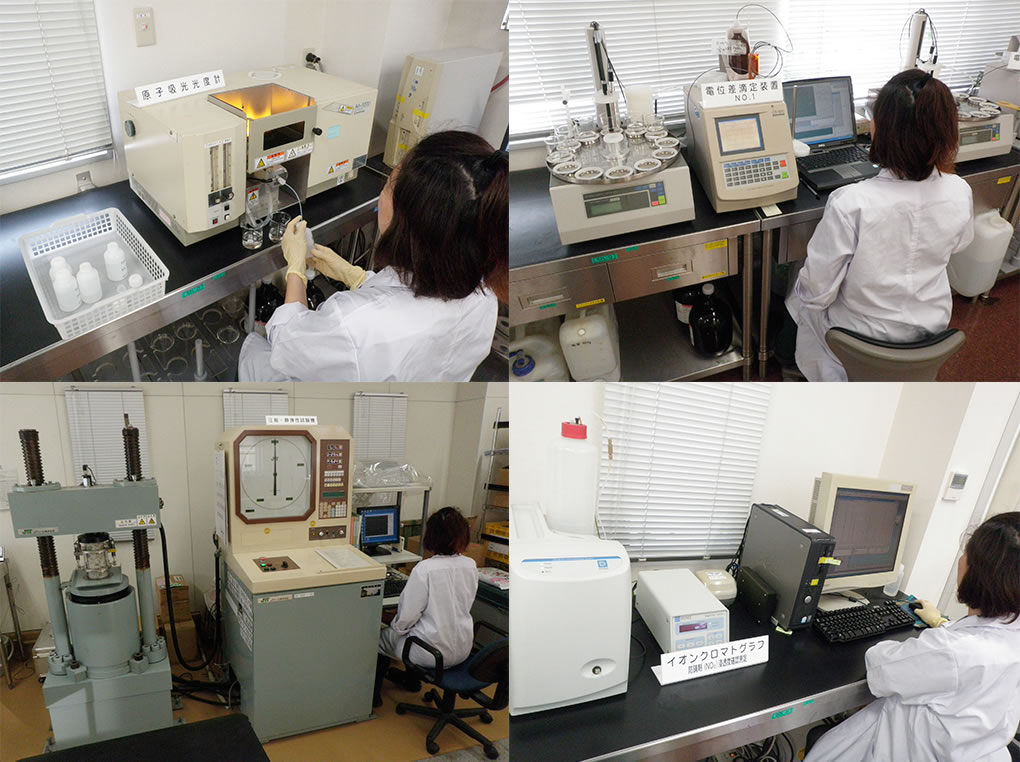A nationally renowned practical bridge inspection facility born from industry-academia-government collaboration
N2U-BRIDGE is a training facility at Nagoya University's Higashiyama Campus, where bridge inspection techniques are taught through the reconstruction of damaged and retired bridges from across the country. It consists of four types of bridges, including a steel plate girder bridge (Shibuegawa Bridge in Toyama Prefecture, in service for 35 years), a PC hollow slab bridge (Hizue Bridge in Ishikawa Prefecture, in service for 37 years), an RC-T girder bridge (Kotogawa Bridge in Yamaguchi Prefecture, in service for 74 years), and a pedestrian bridge (Nishi Biwa-jima Pedestrian Bridge in Aichi Prefecture, in service for 51 years). In addition, it allows observation of actual examples of deteriorated components and defects that occur at the early stages.
At N2U-BRIDGE, training in non-destructive testing such as impact testing, reinforcement inspection inside concrete, and fatigue crack inspection of steel bridges can be conducted. In addition to in-house training, bridge maintenance technical training is conducted for government agencies and private companies, organized by Nagoya University.

